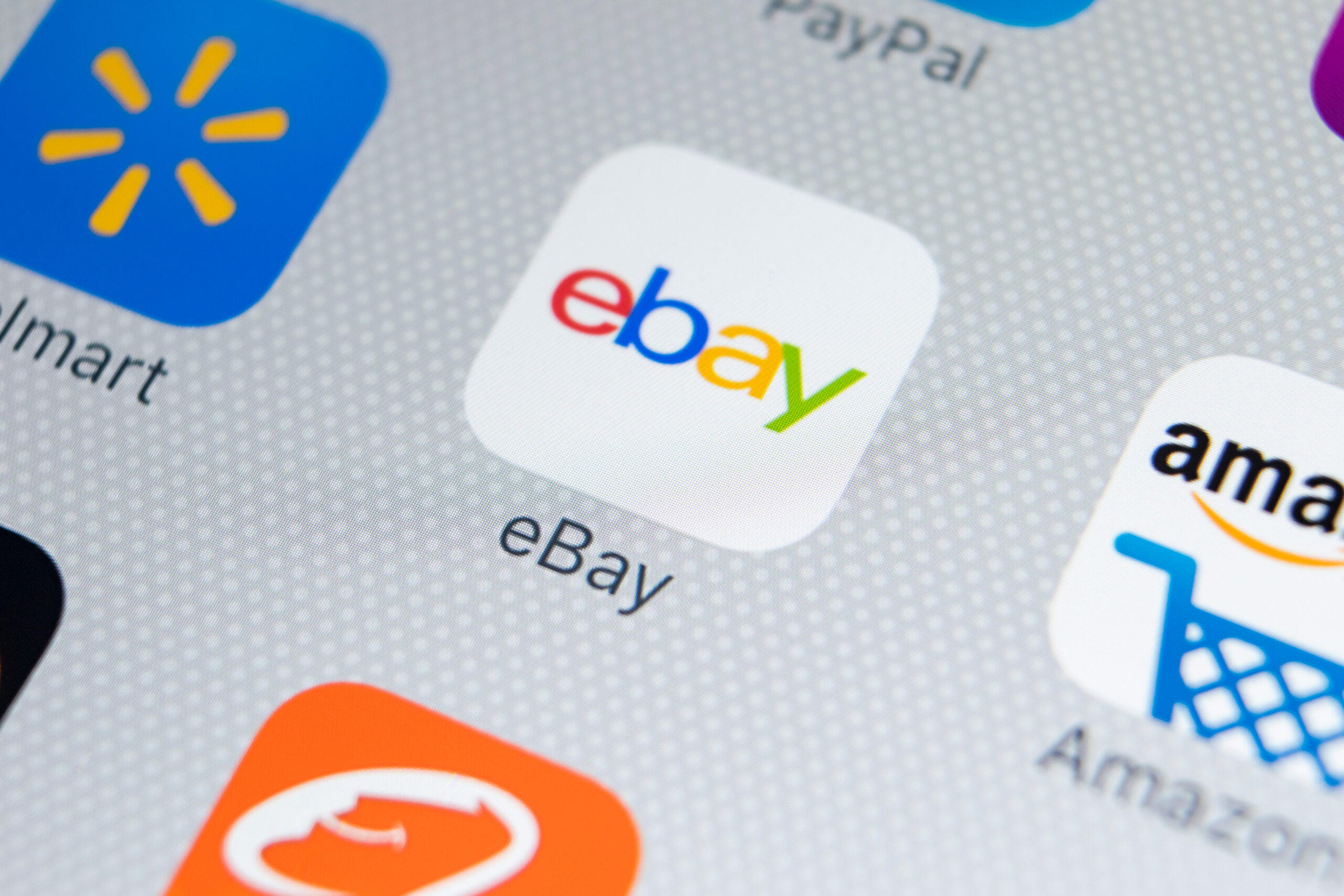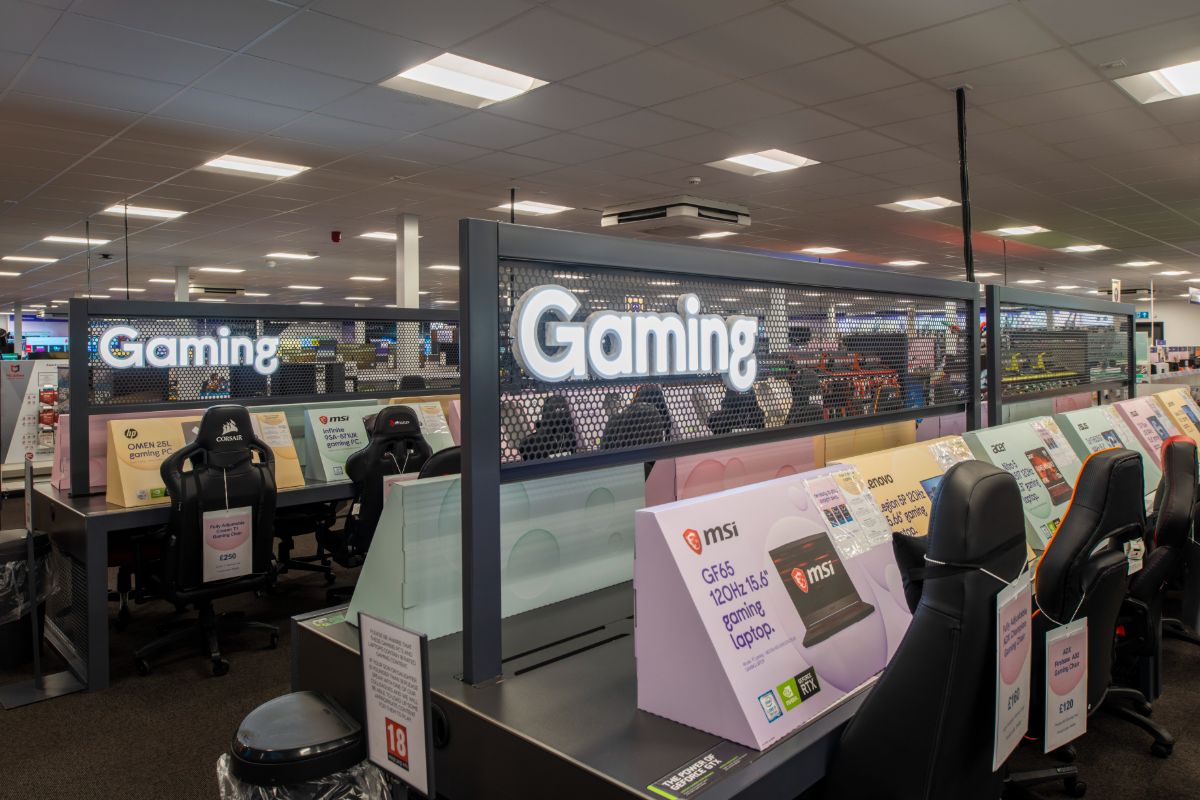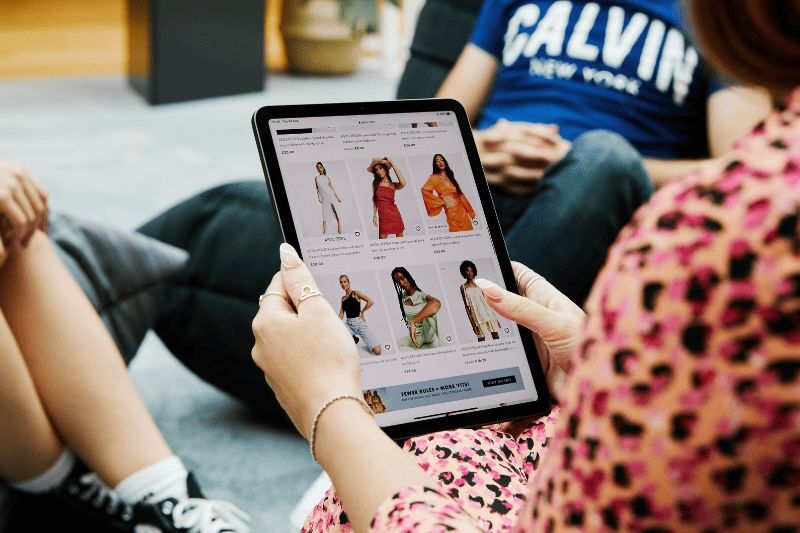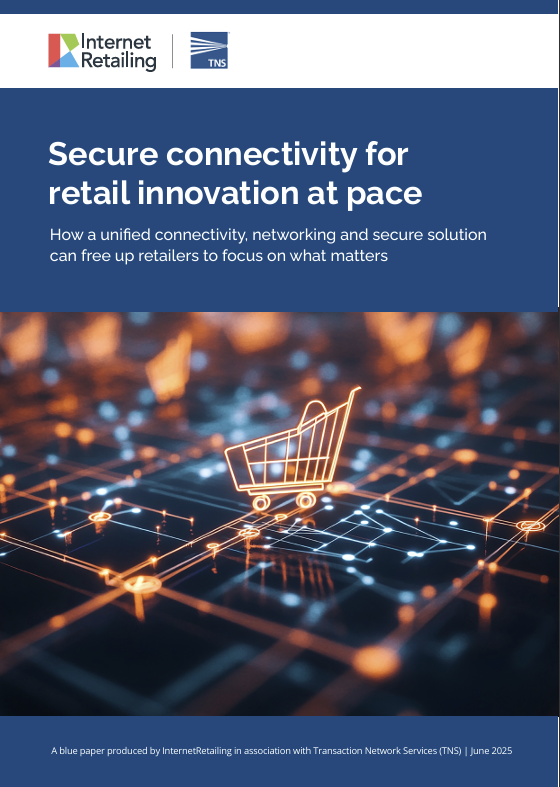As I write this, day two of Internet Retailing Expo thrums around me here at the NEC. Day One featured a whole day dedicated to mobile (well mobile-social-local, or SoLoMo) services and despite being a jaded mobile hack, I came away inspired and amazed at just how far mobile retailing has come.
Mobile retailing in 2013 is a curious beast. It is no longer about getting transactions through a mobile app or website. It is no longer about extending online to portable devices. Oh no, its much more complicated than that.
Mobile now is part of a radical revamp of the whole of retailing. Consumers, empowered by e and m-commerce, are driving this change and, judging by the questions at IRX, retailers are edgy about how to keep pace with it all.
As we reveal in the first of our IRX13 write ups below, mobile is now just a keystone in an omni-channel approach (and I apologise to the reader who thinks that every time we mention omni-channel, we are bandwagoning). Mobile and tablets and websites and stores all have a vital role to play in the retail landscape of the future, but increasingly the role they each play is going to be different to what the industry is used to.
Perhaps most tellingly is that many of the speakers in SoLoMo suggested that far from killing the high street, digital retailing is what will save it. People want to buy online, but they also like to look at what they are buying: why not let them do that? Why do stores have to be where you buy, why can’t they be like 3D showrooms?
This idea was posited by Glen Richardson, CEO, justbought.it and, being a young man who grew up with the web unlike old dogs like me, he sees the world very differently to many in the retail industry. And he is representative of how a whole up coming generation of consumers think. They don’t want to go to a store, pick something up, queue up to pay for it and take it home. They want to go look at it, feel it, see what sort of deal they can get on it, then buy it online and have it delivered to them.
Of course, this won’t be universal for many years and perhaps the real challenge is how retailers operate their traditional models while transitioning to this brave new world. Much of the talk around IRX13 was how to manage this and it will be interesting to see how, over the next few years, this transition is managed.








